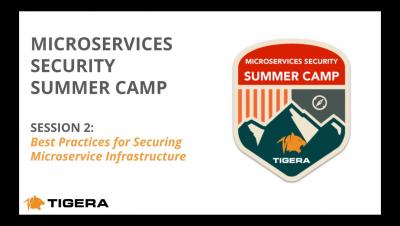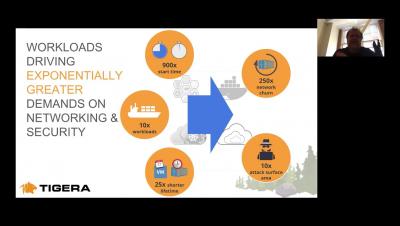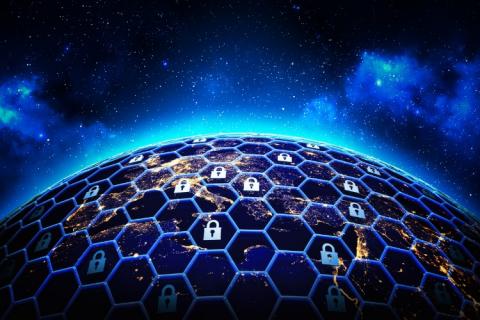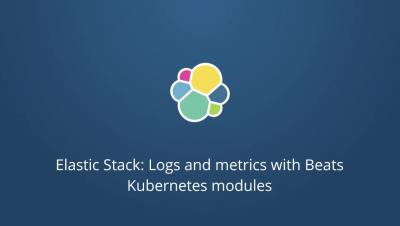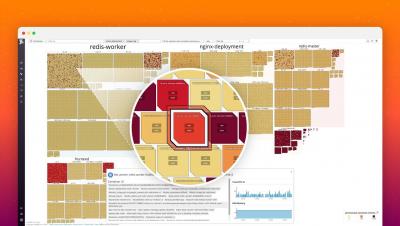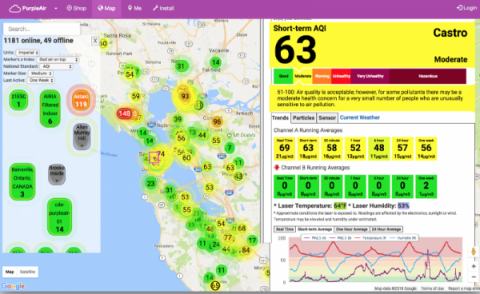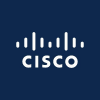Operations | Monitoring | ITSM | DevOps | Cloud
Containers
The latest News and Information on Containers, Kubernetes, Docker and related technologies.
Microservices Security Summer Camp Series 2 - Best Practices for Securing Infrastructure
Microservices Security Summer Camp Session 1 - Intro to Security for Microservices
Runtime container security - How to implement open source container security (part 1).
Container security is top-of-mind for any organization adopting Docker and Kubernetes, and this open source security guide is a comprehensive resource for anyone who wants to learn how to implement a complete open source container security stack for Docker and Kubernetes.
Monitor Kubernetes Logs, Metrics, and Metadata with Elasticsearch and Beats
Introducing the Container Map
5 Hosted Kubernetes Platforms
As an open-source system for automating deployment, scaling, and management of containerized applications, Kubernetes has grown immensely in popularity. Increasingly, we are also beginning to come across platforms offering Kubernetes as both a hosted and managed service.
Kubernetes run-time security: Automate Sysdig Falco deployment using Helm charts.
So, you want to implement run-time security in your Kubernetes cluster? If you are looking for an open-source tool, obviously Sysdig Falco is the way to go :). You can install Falco as a daemonSet, but as we wanted to make things even easier and natively integrated, we have packaged Falco as a Helm chart, the Kubernetes package manager.
Air Quality Sensors and IoT Systems Monitoring
2017 was a bad year for fires in California. The Tubbs Fire in Sonoma County in October destroyed whole neighborhoods and sent toxic smoke south through most of the San Francisco Bay Area. The Air Quality Index (AQI) for parts of that area went up past the unhealthy level (101–150) to the hazardous level (301–500) at certain points during the fire. Once word got out that N99 dust masks were needed to keep the harmful particles out of the lungs, they became a common sight.



